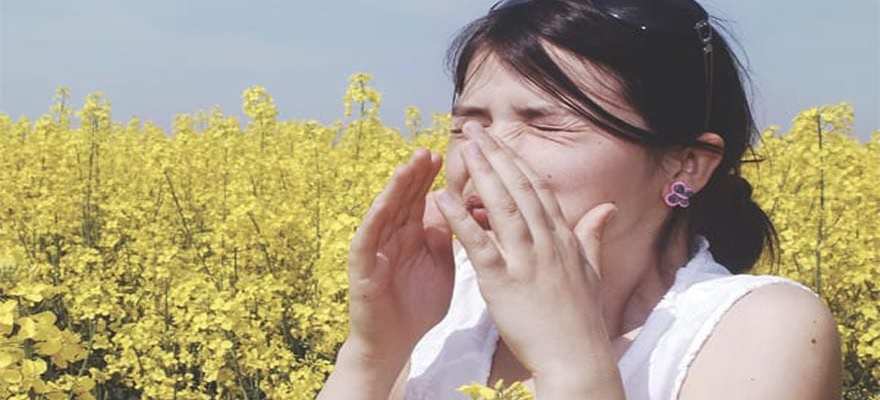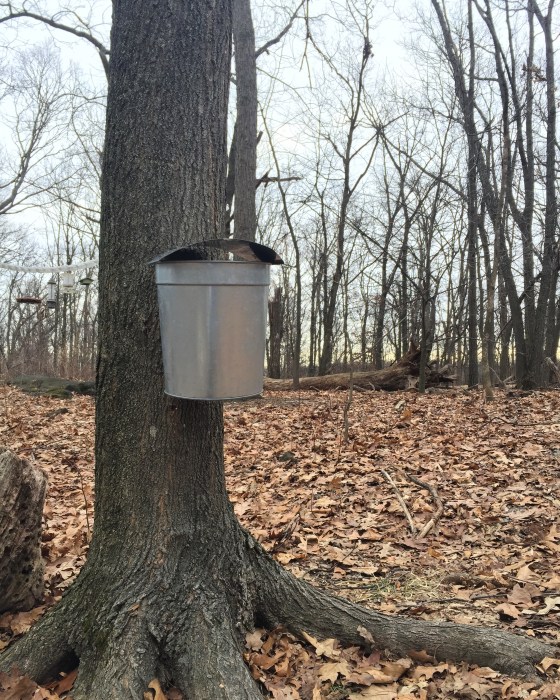
According to the Centers for Disease Control (CDC), asthma affects approximately 25 million Americans and is one of the most common long-term diseases of children. The severity, however, varies from person to person. From an occasional mild episode to severe persistent attacks, there is no one size fits all diagnosis.
A number of factors are used to determine the severity of a person’s asthma, along with the results of spirometry test, which measures lung function.
Unfortunately, there is no known cure for asthma, but asthma can be controlled with regular monitoring, proper treatment, and by avoiding asthma triggers.
Regardless of the severity of your asthma, it’s important to remember that asthma inflammation is always present, whether you or your child is experiencing symptoms or not. It’s important to work closely with your doctor to regularly assess control and determine a treatment plan that works best for you or your child.
Asthma & Spring Allergies
The spring season brings a number of enjoyable elements including an increase in sunshine, flowers, and warm weather. Unfortunately, spring’s beauty can be overshadowed by the presence of various allergy triggers, such as pollen. For those living with respiratory conditions, such as asthma, spring allergy triggers may cause symptoms to worsen. However, there are several steps you can take to help manage asthma while still enjoying the outdoors.
Identify your triggers – In order to control your asthma, it’s important to know what allergens may trigger your symptoms and how to limit your exposure.
Here are some common asthma triggers for children. Be sure all of your child’s caretakers are aware and follow your rules when caring for your child:
- Cold air
- Pets and stuffed animals: Be sure the babysitter knows your policy on playing—or sleeping—with pets and stuffed animals.
- Strongly scented perfumes, cigar or cigarette smoke: Make sure your babysitter understands and follows your rules on smoking. Children, especially children with asthma, should not be exposed to tobacco smoke.
- Pollen: If the pollen count is high, you may want to tell the babysitter to keep your child (with asthma) inside.
- Physical Activity: Physical activity can trigger symptoms, either during or right after being active.
Monitor your outdoor air quality – When planning to go outside, remember to first scope out the environment and be aware of any obvious triggers. Remember that the outdoor air quality can be especially bothersome for those with asthma.
Treat your allergy symptoms early – By starting your spring allergy medicine at the onset of the season, you’re more likely to have control over your allergy and asthma symptoms.
Shut out pollen – One easy way to prevent pollen from entering your home is to keep windows and doors closed. Use an air filter and clean it regularly or run the air conditioner and change the filter often.
Do most of your exercising indoors – And when you do participate in physical activities outdoors, remember to use your asthma medications before you go.
Shower often – Allergens can stick to your body and clothing. It’s important to shower and wash your clothes after being outside in order to avoid transferring pollen indoors.
For more information, visit GetSmartAboutAsthma.com






